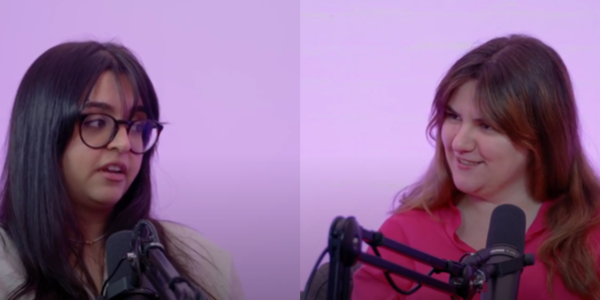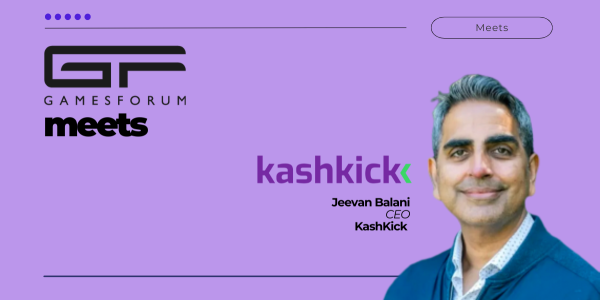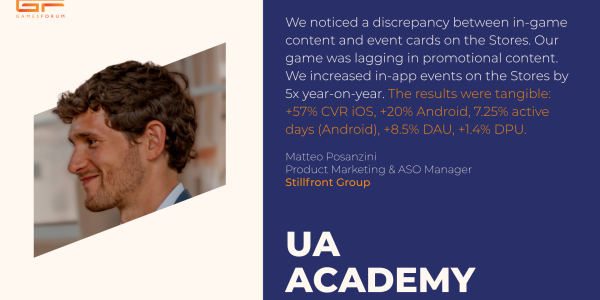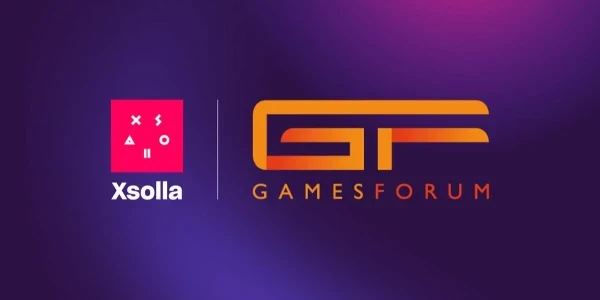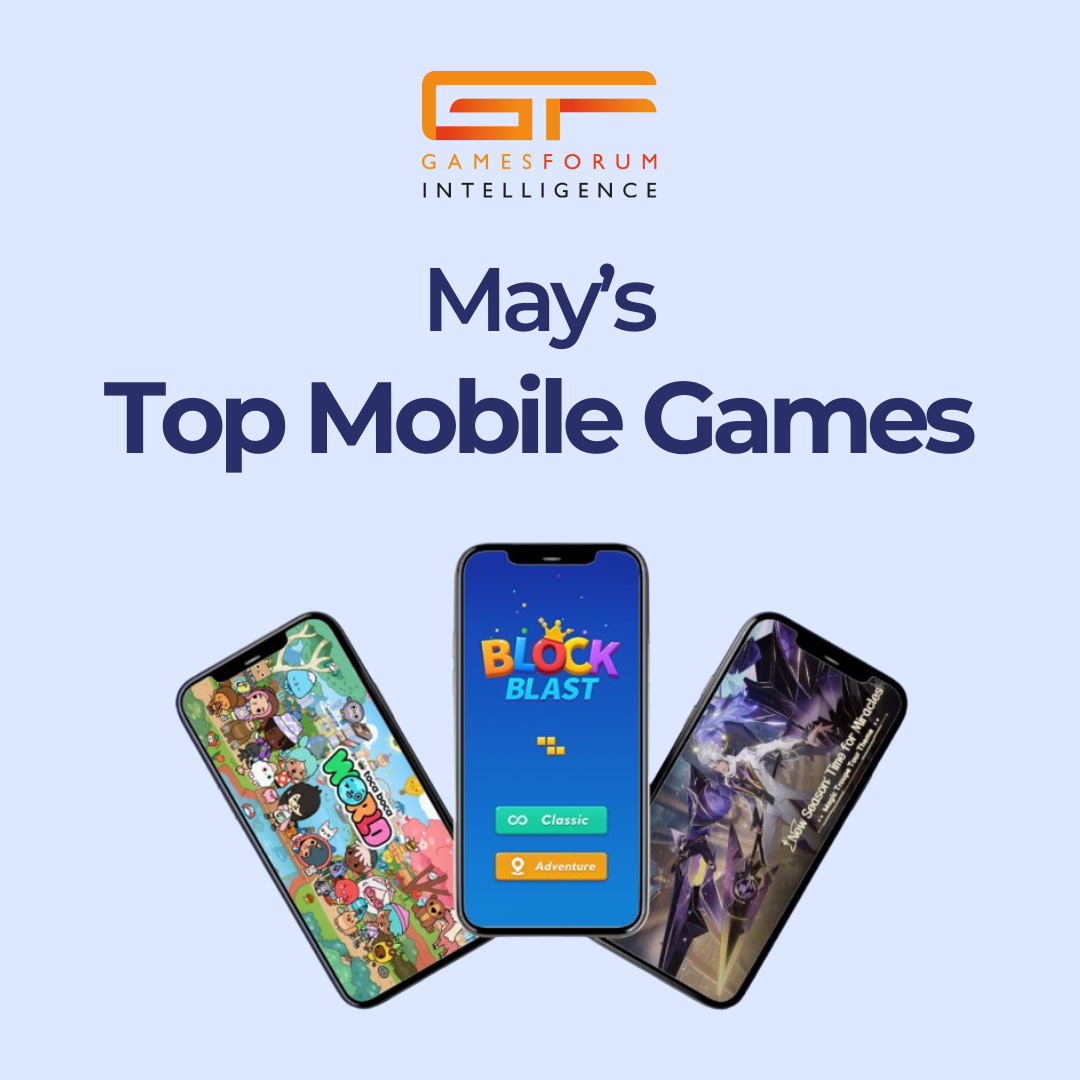Design First, Monetize Second: Building Games Players Want to Pay For with Xsolla
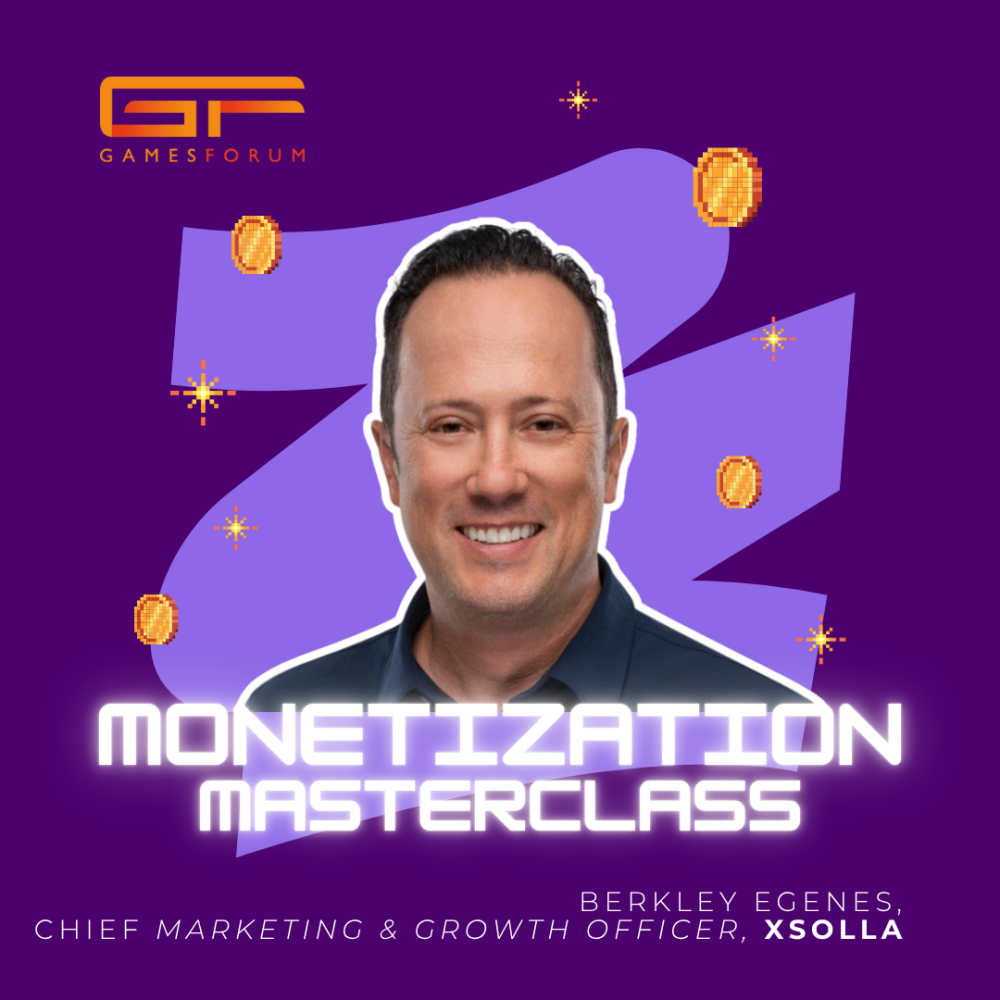
Drawing insights from Xsolla’s work with developers worldwide, Chief Marketing and Growth Officer, Berkley Egenes, examine how indie studios are outpacing larger publishers through agile direct-to-consumer models, why ethical design outperforms dark patterns, and how real-time data can diagnose churn before it’s too late. Through case studies and practical guidance, the piece offers a blueprint for studios looking to build sustainable revenue streams without sacrificing integrity or immersion.
Build first, monetize second: why timing matters in game development
When monetization decisions are rushed early in development, games often emerge designed more around revenue funnels than genuine player experience. I’ve seen studios bolt on in-app purchases, ads, or battle passes before the core gameplay is realized, leading to poor engagement and early churn. Players can sense when monetization is prioritized over fun.
Studios should first focus on building a compelling, retainable experience. Monetization should complement, not dictate, that experience. The most effective timing is post-prototype, once the core loop proves engaging. From there, smart studios use flexible, test-driven strategies in soft launches to refine monetization with real user data. The key is alignment: monetization should enhance, not interrupt, the player journey.
Agility over scale: Why indie studios are winning the monetization game
We see indie studios often excel where larger publishers falter - not because of budget, but because of mindset. Indies are typically more agile, player-focused, and willing to experiment. One standout tactic: direct-to-consumer strategies, like the rapid adoption of web shops, custom online stores where players can buy in-game currency, items, or subscriptions directly from the developer. Indies embrace this model eagerly, benefitting from better margins, ownership of user data, and the ability to run tailored promotions. Larger publishers, on the other hand, often resist, bound by legacy distribution models or internal red tape.
Indie teams are nimble in building communities early on Discord, social media, or even within their web shops through loyalty programs and direct feedback loops. They’re unafraid to test new monetization models, like cosmetic-only purchases or pay-what-you-want, with a clear focus on player trust and long-term engagement.
Designing monetization that feels like gameplay
The best monetization flow feels like a natural extension of the game, not a detour. We’ve found that high-performing, low-friction commerce infrastructure shares a few traits. First: timing. Offers appear at emotionally resonant moments - after a win, a level-up, or just before a challenging boss - not randomly. This makes the purchase feel like progression, not pressure.
Second: contextual integration. The UI should match the game’s art and tone, not yank players into a sterile checkout screen. Smart studios embed shops directly in-game or via branded web shops that mirror the game’s aesthetic.
Third: minimal clicks. Players shouldn’t jump through hoops. Saved payment methods, localized pricing, and trusted payment options - all reduce drop-off.
Finally, the most seamless monetization respects trust. It never hides content behind bait-and-switch tactics. When players feel in control, not manipulated, they convert better and return more often. In short, commerce should feel like part of the game, not a pop-up.
Persuasive design vs manipulation
We take a firm stance against dark patterns in monetization. Persuasive design should guide, not deceive. When game design crosses into manipulation using urgency, obscured pricing, or misleading choices to push purchases, it erodes player trust and long-term value. That might boost short-term revenue, but it’s a losing game over time.
We work with developers to design ethical, transparent monetization flows that respect the player’s agency. That means clear pricing, optional purchases, and value-driven offers - not pressure tactics. For example, well-timed bundles or loyalty rewards can enhance engagement without tricking the user.
The line is clear: persuasion offers a choice the player understands and wants; manipulation hides or distorts that choice. We aim to help studios build sustainable businesses by aligning revenue with player satisfaction, not extracting as much as possible before churn. Integrity isn’t just good ethics - it’s good business.
Redefining distribution in the D2C era
Studios need to fundamentally rethink the roles of traditional platforms. App stores and digital marketplaces still play a vital role in discovery and reach, but they’re no longer the only path to revenue or player engagement.
Studios should view these platforms as one channel within a broader ecosystem, not the final destination. D2C - via branded web shops or custom launches - lets developers control pricing, offer exclusive content, gather first-party data, and build direct relationships with players. It’s not about replacing app stores but complementing them with a profitable and flexible layer.
Your website becomes a storefront, a loyalty hub, and a marketing engine enabling subscriptions, cross-game bundles, and influencer-driven campaigns.
Ultimately, D2C isn’t just a sales strategy - it’s an ownership strategy. The more control studios have over their audience, the more resilient and scalable their business becomes.
How to use monetization data to rebuild trust
We help studios use this data to look beneath the revenue surface: where are players dropping off in the purchase funnel? Are they abandoning carts or ignoring offers they used to engage with>
Through our partnership with AppsFlyer, we can correlate monetization behavior with player acquisition sources, session length, and engagement metrics. This lets studios pinpoint why players disengage from offer fatigue, perceived paywalls, or misaligned pricing.
Importantly, this data can also guide trust-building strategies. If churn spikes after aggressive monetization changes, roll back, rebalance, and communicate transparently. If loyal spenders are churning, offer goodwill gestures - like loyalty rewards or value bundles - through web shops or in-game.
Use monetization data to optimize offers and listen to your players. Where money stops flowing, trust likely follows.
The power of the pivot: How one studio reclaimed players mid-cycle
One standout example is a mid-sized mobile RPG developer who partnered with Xsolla mid-cycle after noticing a steady drop in ARPU and player retention. Initially, their monetization strategy relied heavily on in-app purchases through traditional app stores—timed offers, gacha mechanics, and premium currencies that were difficult to earn without spending.
Players began to disengage, especially from those outside the core whale segments. The studio pivoted by launching a direct-to-consumer web shop, offering better-priced bundles, exclusive cosmetics, and loyalty rewards outside the app stores.
The real difference came from reframing monetization as a player service, not just a sales tactic. They rebuilt trust by offering value, transparency, ownership, and the flexibility to run region-specific promos in real time. The lesson is that mid-cycle pivots work when rooted in player empathy and smart infrastructure.
Balancing profits and principles in monetization strategy
Reconciling monetization efficiency with brand goodwill comes down to one principle: long-term trust over short-term extraction. At Xsolla, we guide developers to design monetization systems that feel fair, optional, and additive. Efficiency doesn’t have to mean pressure: it can mean personalization. For example, instead of flooding players with the same aggressive upsell, we help studios segment users based on behavior and offer relevant content - cosmetics, boosts, or bundles, that align with playstyle, not power advantage.
In regions particularly wary of pay-to-win, transparency is critical. Clear item descriptions, visible drop rates, and earnable paths to premium content preserve goodwill while enabling revenue. Through web shops, studios can also offer loyalty programs, creator codes, and flexible pricing - all while owning the player relationship and sidestepping platform restrictions. Ultimately, monetization is part of the brand. If players feel respected, they’ll spend - and stay.



